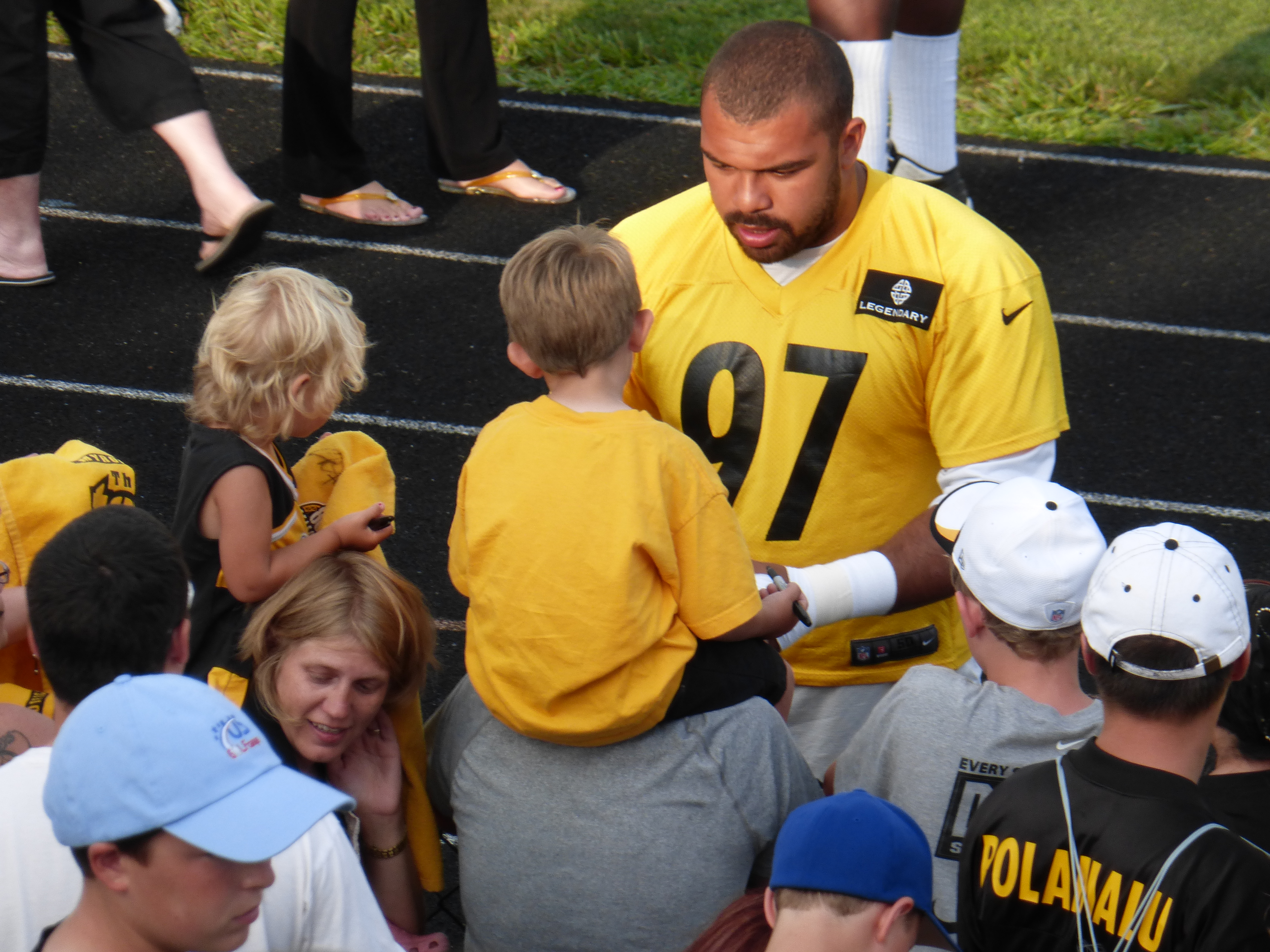On the heels of the conclusion of the 2015 NFL Draft, I began to realize the need to enhance my understanding of each team’s draft history; what they’ve built or attempted to build over the past ten years and how they’ve went about that process.
This may seem tedious to you, the reader, but I think as analysts of a great game, it can be hard to criticize or praise a team without understanding the full context of how their roster and positional depth has been constructed. For example, the New York Jets and the Buffalo Bills are often ridiculed heavily for their drafting incompetence at the quarterback position, but while often grouped together, a review of their past 16 classes suggest two vastly different front office mindsets. The Jets have spent an incredible 12 picks on quarterbacks (by far the most in the AFC), while the Bills have used just four selections on signal callers over the same time period. So two teams that have had similar results at the quarterback position since 2000, but have attempted to address those issues in vastly different ways.
Similar comparisons can be made in the AFC North, a process which we began to endeavor upon yesterday with an examination of each team’s offensive and defensive draft classes over the past ten years. Today we will look at all four team’s selections from 2006-2015 along the defensive line, before moving into linebackers tomorrow.
Defensive Line
Cincinnati Bengals: 15
Pittsburgh Steelers: 12
Cleveland Browns: 11
Baltimore Ravens: 10
It makes sense that Cincinnati would spend the most picks on the defensive line, as they are the only AFC North team to consistently line up in a 4-3 front as their base defense over the past 10+ years. What is a bit surprising however, is the fact that Cincinnati has not used a first round pick on a defensive lineman since Justin Smith in 2001, well past our window of examination. The result has been a plethora of 2nd and 3rd round selections spent addressing their front four, as the Bengals nine day two defensive line selections dwarf Baltimore’s four, Cleveland’s two, and Pittsburgh’s one. But the refusal to spend first rounders on the position has taken its toll, as no team in the league notched fewer sacks than Cincinnati’s 20 last year.
The Browns featured the league’s worst run defense last season, and a quick examination of their past ten draft classes tells the story of their struggles in the trenches. Cleveland had spent just one first round selection on the defensive front since 2006, and when that player – Phil Taylor – went down with injury this past season, the rest of the group was overwhelmed.
Before drafting Danny Shelton this spring, Taylor was the Browns only first or second round pick in the last ten years along the defensive line. In fact, Taylor was one of just two 1st-5th round picks by Cleveland at the position from 2006-2014, an incredibly low number when compared to the rest of the NFL. The team’s ignorance of the defensive trenches was one of the key reasons for their ineptitude against the run last season, a problem that Ray Farmer and co. looked to remedy this past draft with the selections of Shelton and Xavier Cooper, who could both start Week 1.
The Steelers haven’t really invested heavily in early-round defensive linemen over the past ten years, with just two first round picks, one second rounder and zero third rounders. In fact, Pittsburgh’s three day one and two selections along the defensive line is the lowest number in the North, one below Cleveland’s four. The results have certainly hampered the team, as the success of the 3-4 defense truly begins with the prowess of the front three defenders. Cam Heyward’s recent development and last year’s selection of Stephon Tuitt will hopefully mark a turnaround for a group that has struggled since the decline of Aaron Smith, Brett Keisel, and Casey Hampton.
Many might be surprised to see Baltimore with only 10 picks spent on defensive linemen in as many years, but when you’ve landed Haloti Ngata, Brandon Williams, and perhaps another future stud in Timmy Jernigan, it minimizes the need to spend resources at the position heading into the draft. Few teams have spent as wisely as Baltimore on their front seven, which has allowed them to use more draft selections at other positions of need quite often.








